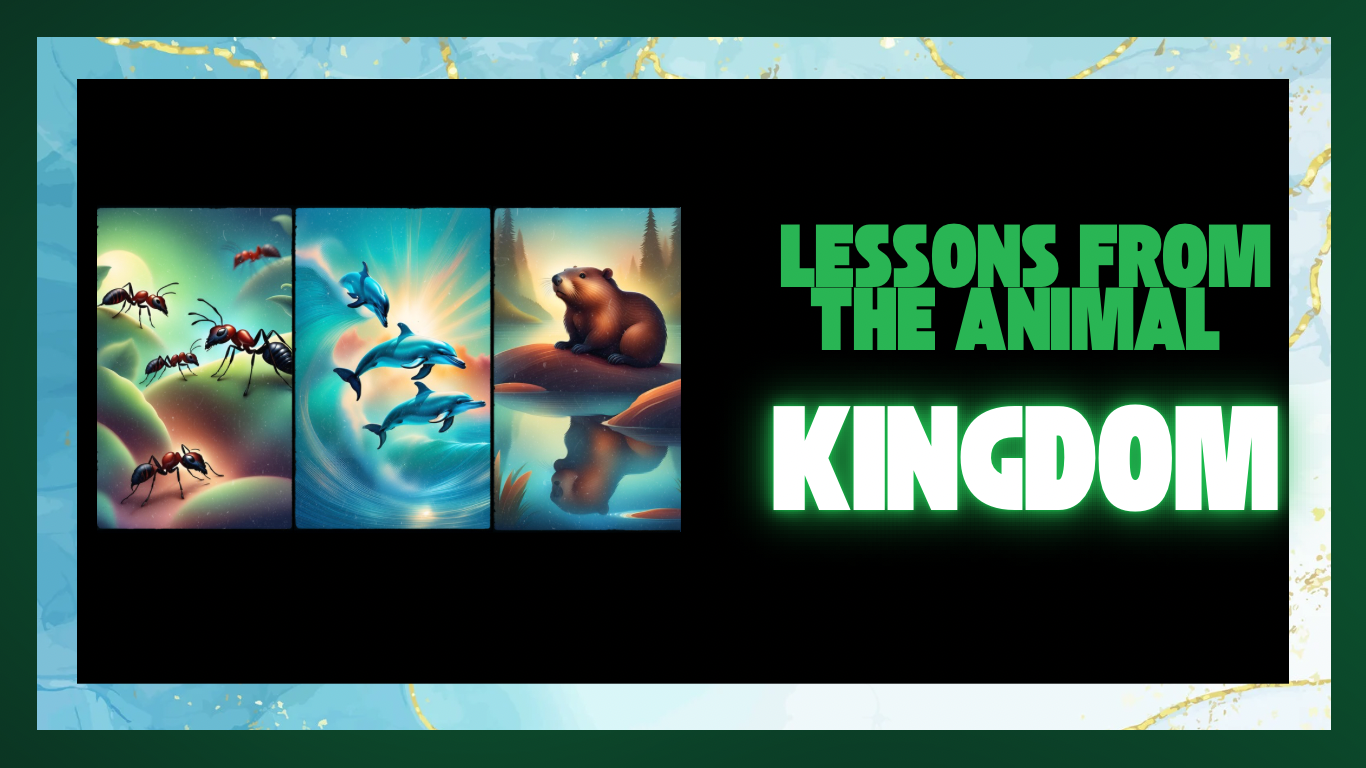The animal kingdom is a vast and diverse realm, teeming with creatures that exhibit behaviors, strategies, and characteristics that can teach us valuable lessons. From the smallest insects to the largest mammals, animals display a range of abilities and instincts that humans can learn from. This article explores several key lessons we can glean from our non-human counterparts.

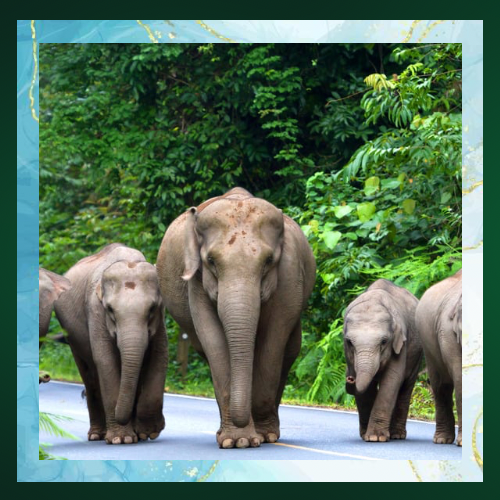
1. Cooperation and Social Bonds
Elephants: The Power of Social Bonds
Elephants are known for their strong social structures and deep familial bonds. They live in close-knit herds led by a matriarch, and they exhibit behaviors that suggest a high degree of empathy and cooperation. For instance, elephants have been observed to assist injured or sick members of their group, demonstrating a level of care that is both touching and instructive.
Wolves: The Importance of Teamwork
Wolves operate within highly organized packs, where each member has a specific role. Their survival depends on effective communication and cooperation during hunts. This teamwork ensures that the pack can take down prey much larger than any individual wolf could handle alone. Humans can learn from wolves about the importance of working together towards a common goal and valuing each team member’s unique contributions.
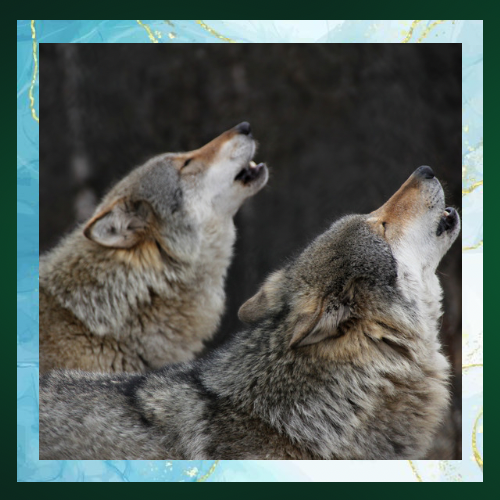
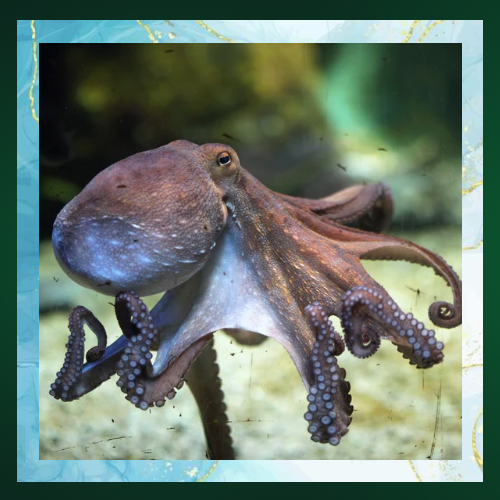
2. Adaptability and Resilience
Octopuses: Masters of Adaptation
Octopuses are renowned for their ability to adapt to their environments. With the capacity to change color and texture to blend into their surroundings, they are masters of camouflage. Furthermore, they exhibit remarkable problem-solving skills, often escaping from enclosures or finding innovative ways to obtain food. This adaptability is a crucial lesson for humans, emphasizing the importance of flexibility and creative thinking in the face of challenges.
Bees: Resilience in the Face of Adversity
Honeybees are incredibly resilient creatures. Despite facing numerous threats, such as habitat loss and pesticides, bees continue to thrive due to their robust social structures and collaborative work ethic. They demonstrate the power of resilience and the importance of community in overcoming adversity.
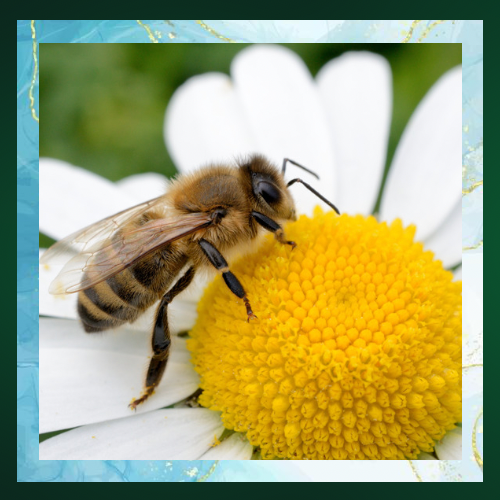

3. Communication and Language
Dolphins: Sophisticated Communication
Dolphins are known for their complex communication systems. They use a variety of clicks, whistles, and body movements to convey messages and coordinate activities within their pods. Research suggests that dolphins have a form of language, which they use to identify themselves and others, and even to share information about their environment. This highlights the significance of effective communication in building strong relationships and achieving common objectives.
Birds: Learning Through Song
Many bird species use songs to communicate with one another, often in elaborate and intricate ways. These songs are not just innate but are learned, passed down from generation to generation. Birds like the zebra finch have been studied extensively for their ability to learn and modify their songs, showcasing the importance of learning and continuous improvement in communication.
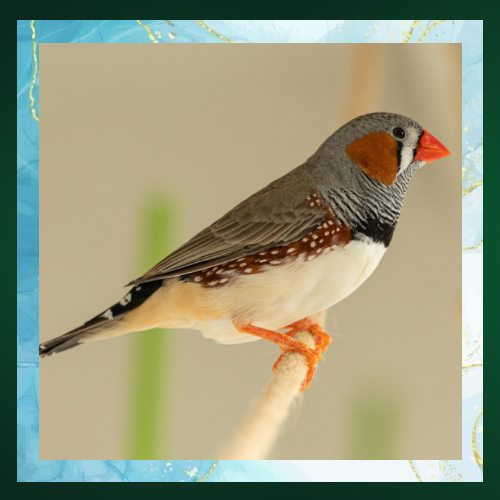
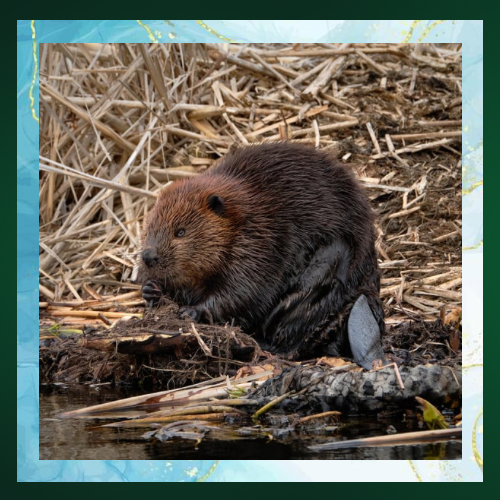
4. Environmental Stewardship
Beavers: Nature’s Engineers
Beavers are often referred to as nature’s engineers due to their ability to significantly alter landscapes by building dams. These structures create wetlands that benefit a wide range of other species, improving biodiversity and water quality. Beavers teach us about the impact we can have on our environment and the potential to create positive change through thoughtful stewardship.
Coral Reefs: The Necessity of Balance
Coral reefs are vital to marine ecosystems, supporting a vast array of life. However, they are extremely sensitive to changes in water temperature, acidity, and pollution. The delicate balance required for coral reefs to thrive underscores the importance of maintaining ecological balance and protecting our natural resources.
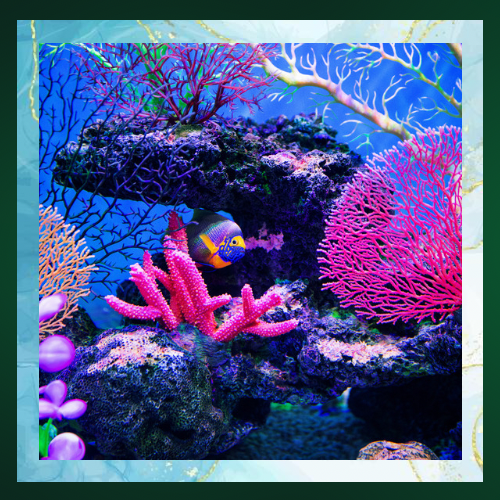

5. Emotional Intelligence and Empathy
Dogs: Unconditional Love and Loyalty
Dogs are often celebrated for their unwavering loyalty and ability to provide emotional support to humans. Their sensitivity to human emotions and their capacity for forming deep bonds with people highlight the importance of empathy and emotional intelligence in our interactions with others.
Bonobos: Empathy and Conflict Resolution
Bonobos, close relatives of chimpanzees, are known for their peaceful and empathetic behaviors. They use affection and social bonding to resolve conflicts and maintain harmony within their groups. This ability to empathize and peacefully resolve disputes is a powerful lesson for human societies.
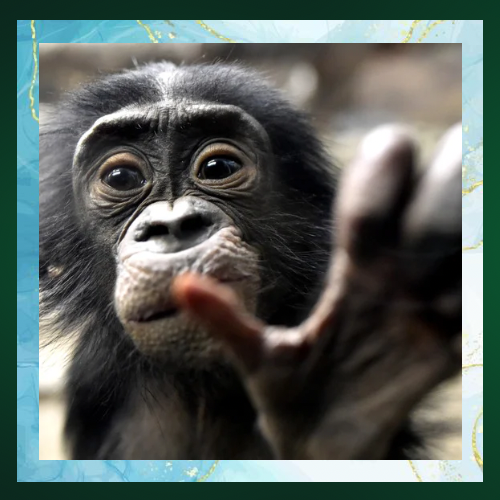
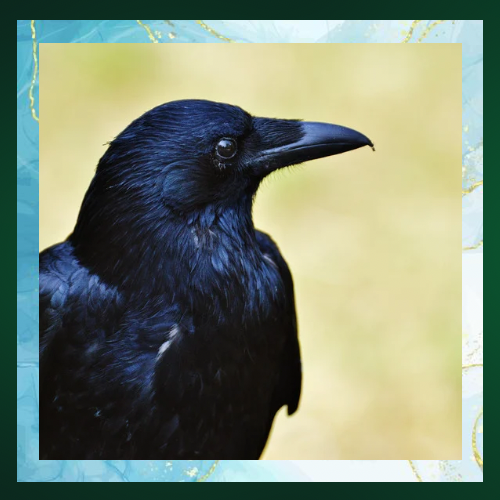
6. The Pursuit of Knowledge
Crows: Intellectual Curiosity
Crows are highly intelligent birds, known for their problem-solving abilities and use of tools. They exhibit a strong sense of curiosity and a willingness to explore and learn from their environment. This intellectual curiosity drives them to find innovative solutions to challenges, reminding humans of the value of a lifelong pursuit of knowledge.
Cats: Independent Thinkers
Cats are often admired for their independent nature and keen observational skills. They navigate their environments with a combination of curiosity and caution, making calculated decisions that ensure their safety and well-being. Their approach to exploration and learning is a testament to the importance of balancing independence with awareness.


Conclusion
The animal kingdom offers a wealth of knowledge and inspiration for humans. From cooperation and adaptability to communication and empathy, animals provide examples of behaviors and strategies that can enhance our lives and societies. By observing and learning from these remarkable creatures, we can develop a deeper understanding of the world around us and improve our interactions with each other and the environment.
References
1. Bekoff, M. (2007). The Emotional Lives of Animals: A Leading Scientist Explores Animal Joy, Sorrow, and Empathy—and Why They Matter. New World Library. https://animalsandus.org.nz/wp-content/uploads/2019/10/Emotional_lives_animals-min.pdf
2. Mann, J., Connor, R. C., Tyack, P. L., & Whitehead, H. (2000). Cetacean Societies: Field Studies of Dolphins and Whales. University of Chicago Press. https://www.academia.edu/17975703/Cetacean_Societies_Field_Studies_of_Dolphins_and_Whales_EDITED_BY_JANET_MANN_RICHARD_C_CONNOR_PETER_L_TYACK_AND_HAL_WHITEHEAD_xiv_434_pp_28_21_4_2_5_cm_ISBN_0_226_50341_0_paperback_US_35_00_GB_24_50_Chicago_USA_The_University_of_Chicago_Press_2000
3. Mech, L. D., & Boitani, L. (Eds.). (2003). Wolves: Behavior, Ecology, and Conservation. University of Chicago Press. https://www.docgordillopetnutrition.com.ar/wp-content/uploads/bibliografia/Mech_2003_Wolves_Behavior_Ecology_and_Conservation_Cap_4.pdf
4. Haraway, D. J. (2008). When Species Meet. University of Minnesota Press. https://xenopraxis.net/readings/haraway_species.pdf
5. Seed, A., Emery, N., & Clayton, N. (2009). “Intelligence in Corvids and Apes: A Case of Convergent Evolution?” Ethology, 115(5), 401-420. https://www.eva.mpg.de/documents/Wiley-Blackwell/Seed_Intelligence_Ethology_2009_1553064.pdf
6. Sinha, A. (2010). “Sociality and Cooperation in Animals: From Molecules to Societies.” Current Science, 99(2), 203-212. https://pmc.ncbi.nlm.nih.gov/articles/PMC7612052/
7. Wilson, E. O. (2012). The Social Conquest of Earth. Liveright Publishing Corporation. https://www.scribd.com/document/459919929/2012-Social-Conquest-of-Earth-pdf



